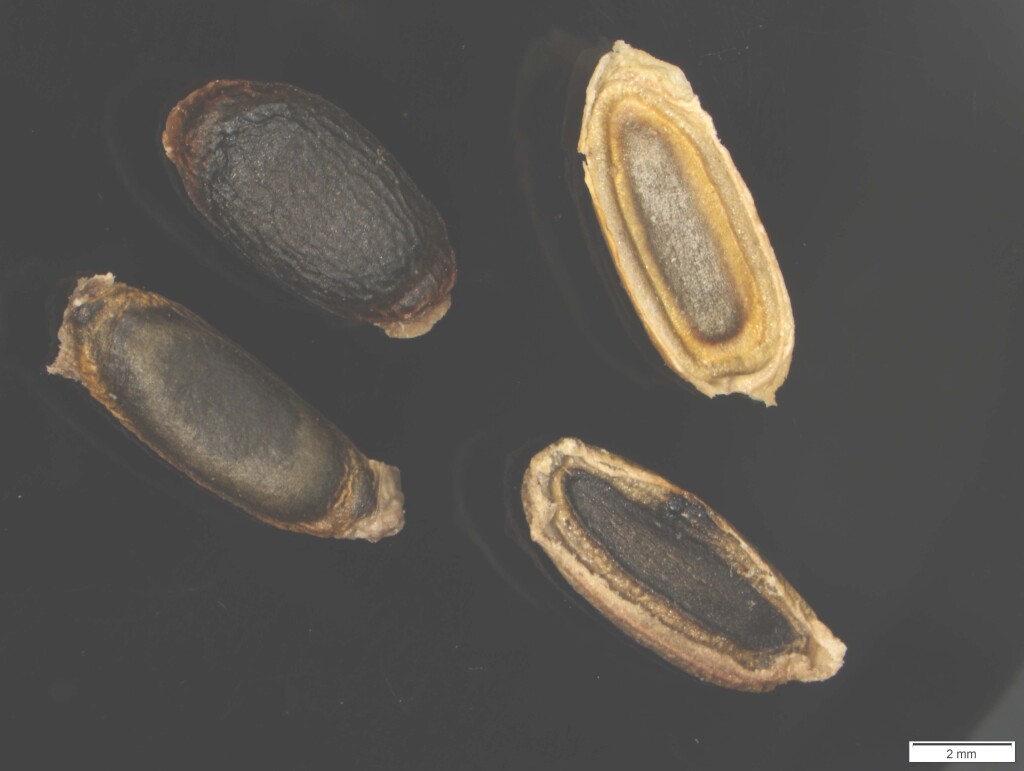Grevillea bedggoodiana
J.H.Willis ex McGill. Enfield GrevilleaProstrate to procumbent straggling shrub to 0.5 m high. Branchlet indumentum villous, or sometimes subsericeous. Leaves coarsely serrate or dentate to pinnatifid, ovate to oblong or angular-obovate in outline, 2–7 cm long, 1–3.5 cm wide, with 5–9 simple shallow lobes or teeth; lower surface with an open indumentum of curled hairs or occasionally tomentose; margin shortly recurved to almost flat. Conflorescences terminal, erect to decurved, simple, secund to subsecund, (2–)4–6.5 cm long; peduncles 1–10 mm long, (1–)1.2–1.3 mm wide; rachises villous; perianth green becoming pink, outer surface loosely tomentose with a bearded limb, inner surface glabrous; pistil 12–16.5 mm long, ovary stipitate, appressed-villous, style green becoming deep pink, glabrous, pollen presenter oblique. Fruits softly tomentose, usually with longitudinal dorsal ridges and reddish stripes. Flowers Oct.–Nov.
VVP, GipP, CVU. Apparently confined to the Enfield and Smythesdale areas (both shortly south-west of Ballarat). Grows in eucalypt woodland on gravelly clay.
The flowers change from green to pink at anthesis such that the conflorescence appears bicoloured. Easily confused with Grevillea aquifolium, G. obtecta, and G. infecunda. G. aquifolium differs in having a longer pistil 21–26 mm long. Grevillea obtecta has conspicuous bracts 5–10 mm long, and G. infecunda has a pistil 18–26 mm long, poorly developed anthers, and a sericeous indumentum on the leaf lower surface. See also notes under G. obtecta.
Makinson, R.O. (1996). Grevillea. In: Walsh, N.G.; Entwisle, T.J., Flora of Victoria Vol. 3, Dicotyledons Winteraceae to Myrtaceae, pp. 845–870. Inkata Press, Melbourne.
 Spinning
SpinningOlde, P.; Marriott, N. (1995). The Grevillea Book. Kangaroo Press, Kenhurst, NSW, Australia.

